“It’s time to shift the narrative from ‘fitting in’ to building in inclusion.”
Imagine this: It’s your first week at a new job. You open an onboarding email with three dense paragraphs, filled with jargon like “synergize cross-functional ideation” and “circle back with granular insights.”
The presentation that follows plays a loud animation with flashing transitions, and the team expects instant feedback on your “gut feel” for a new product direction—in a meeting that moves so fast, it’s hard to keep up.
Now imagine living this every single day—not because you’re unqualified, but because your brain is wired differently.
This is the experience many neurodivergent individuals face in today’s workplaces.

Globally, it's estimated that 15–20% of the population is neurodivergent (Harvard Business Review, 2021). Yet, most workplace systems—including communication norms—are still designed with a neurotypical audience in mind.
Whether we realize it or not, traditional workplace communication is often built for neurotypical minds. Dense jargon, fast-paced instructions, over-stimulating visuals, and tight response timelines can alienate team members with neurological differences such as autism, ADHD, dyslexia, or sensory processing sensitivities.
Failing to build communication systems that include neurodivergent employees isn’t just a moral miss—it’s a business risk. Companies that prioritize inclusive cultures are 8x more likely to achieve better business outcomes (Deloitte, 2020). A UK government report found that neurodivergent employees in supportive workplaces had higher-than-average productivity—but in unsupportive environments, their potential was often unrealized or overlooked.
So how can we reframe communication from something people have to decode into something they can engage with?
Communication That Excludes
Even with the best intentions, everyday communication can unintentionally exclude neurodivergent individuals. Here’s how:
1. Overuse of Idioms and Abstract Phrases
Phrases like “Hit the ground running”, “Low-hanging fruit”, or “Think outside the box” may seem harmless, but they can be confusing for individuals who interpret language literally—like many on the autism spectrum. Instead of saying “wear multiple hats,” say “take on multiple responsibilities.”
2. Overly Text-Heavy or Visually Overstimulating Content
Long paragraphs without breaks, dense policy documents, or animated, flashy presentations can overwhelm individuals with ADHD, dyslexia, or sensory sensitivities. A company sends a 6-page onboarding email in a single block of text. A better approach would be to divide it into short sections with bullet points, icons, or visuals.
3. One-Size-Fits-All Communication Formats
Not everyone processes information the same way. Expecting all employees to read lengthy emails or attend fast-paced meetings doesn't account for neurodiverse learning styles. Along with hosting live training sessions, also offer recordings with transcripts and visual guides for self-paced learning.
4. Time-Pressured Responses
Tight deadlines for replies or instant feedback in meetings can create anxiety for individuals who need more time to think and process. Asking for quick ideas on the spot during a brainstorming meeting may leave neurodivergent employees out. Allowing ideas to be shared over email afterward gives everyone a fair chance to contribute.
Building in Inclusion: Neuro-Inclusive Communication Tips
Making communication more inclusive doesn't require major changes—just thoughtful adjustments:
1. Use Clear, Literal Language
Avoid figures of speech, idioms, or overly complex vocabulary. Speak plainly and precisely.
Instead of: “Circle back and touch base” Say: “Let’s follow up on this tomorrow.”
2. Offer Content in Multiple Formats
Everyone absorbs information differently—some prefer text, others video, and some benefit from audio or visuals. For an HR policy update, send a written email, a short explainer video with captions, and a summary infographic.
3. Avoid Sensory Overload
Design emails, presentations, and platforms with simplicity in mind—use calm colors, static visuals, and minimal animation.Replace a moving GIF header in your internal newsletter with a clean static banner.
4. Give Time to Process
Let people absorb information and respond at their pace, especially in non-urgent situations.
After a team meeting, send a follow-up email saying, “Feel free to share any additional thoughts over the next two days.”
5. Use Structured Layouts
Break content into digestible pieces using headings, bullet points, and consistent formatting.
When announcing a new project, organize the message like:
- What’s changing
- Who it affects
- What actions are needed
- By when
6. Create a Feedback Loop
Inclusion is not one-size-fits-all. Ask employees how they prefer to receive information or if a particular format works for them. Example: Add a line in your newsletter footer: “We want this to work for everyone—let us know if you’d like updates in another format.”
Beyond Inclusion—Toward Belonging
Communication is more than what we say—it’s how we make people feel included and understood. By building in neurodiversity-conscious practices, we’re not just making our workplaces more accessible—we’re making them smarter, kinder, and more effective.
Inclusive communication is not just a checklist; it's a cultural shift. It says, “You don’t have to adapt to fit in—we’re adapting to include you.” That’s where true belonging begins.
At CSM Tech, we believe that inclusive communication empowers inclusive action. When we think and speak inclusively, we unlock the full potential of every mind in the room—neurotypical or neurodivergent.
Let’s move beyond “awareness” to intentional design. Let’s shift from fitting in to building in.
Ready to Act?
Start with one change—revisit your next internal email, meeting agenda, or presentation. Ask:
Is this accessible to everyone?
Who might feel left out—and how can we bring them in?
Because inclusive communication isn't just smart—it's the foundation of a workplace where everyone belongs.

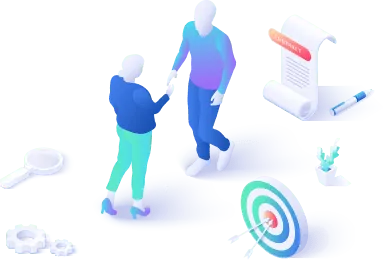
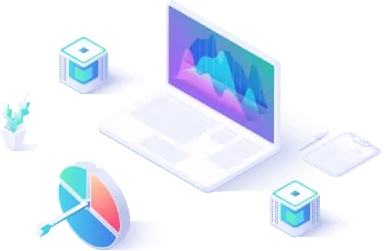




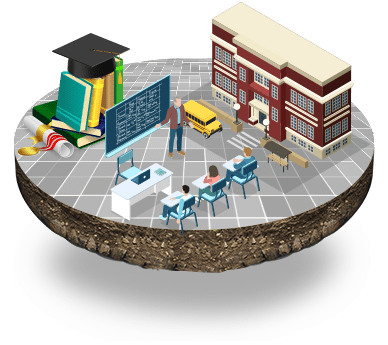
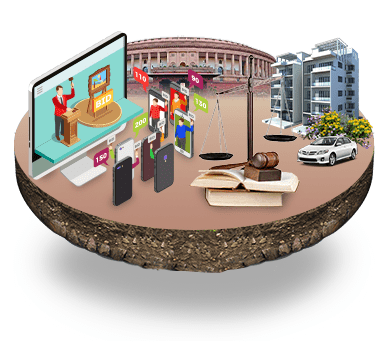









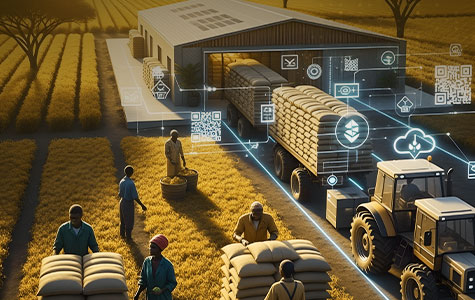




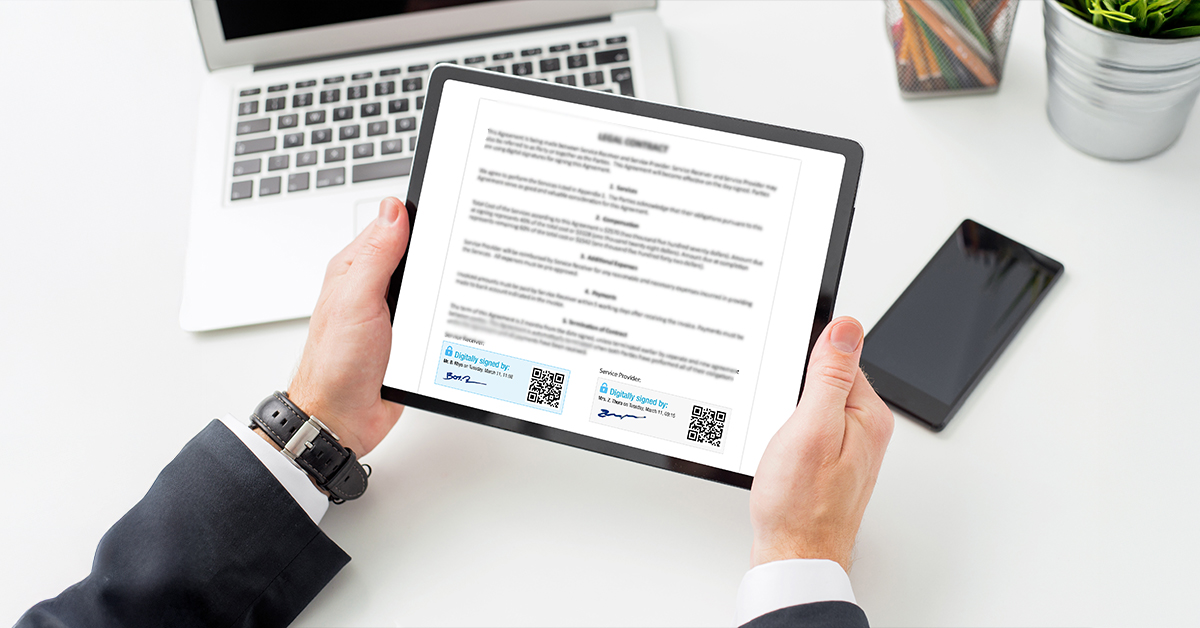






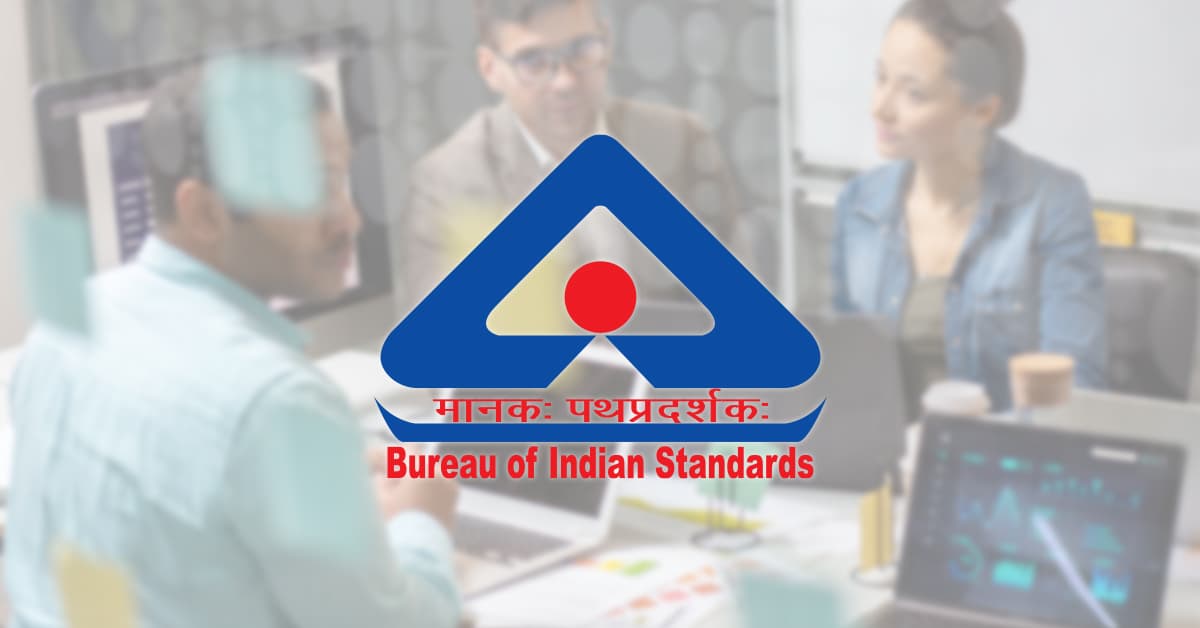

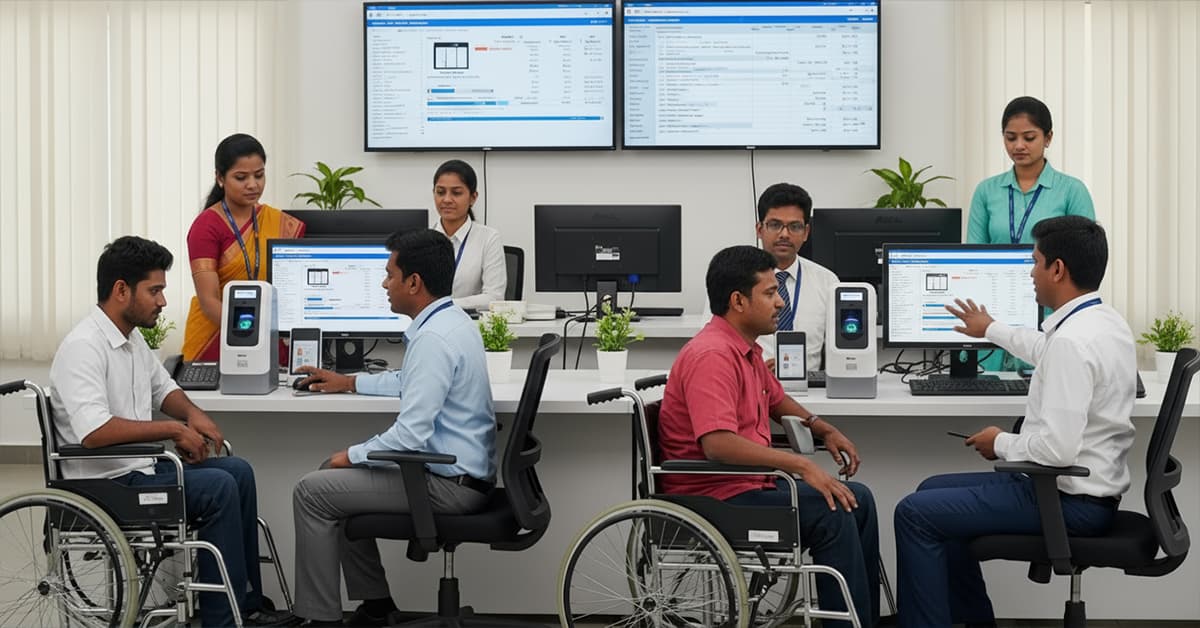





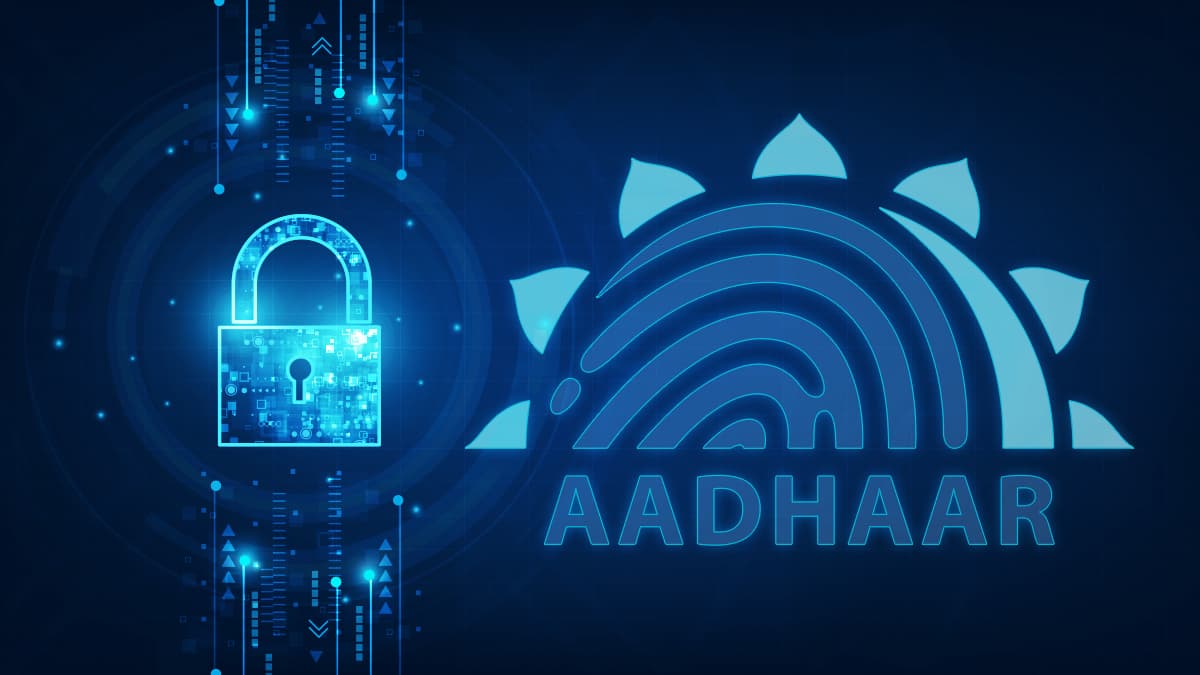
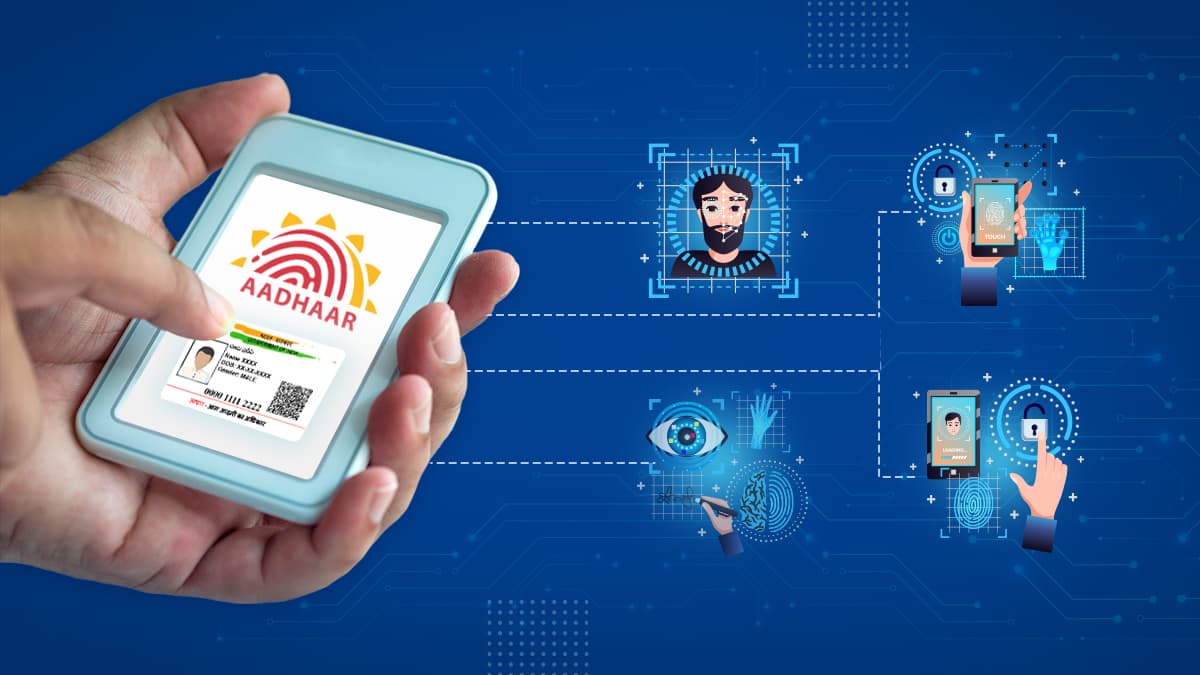
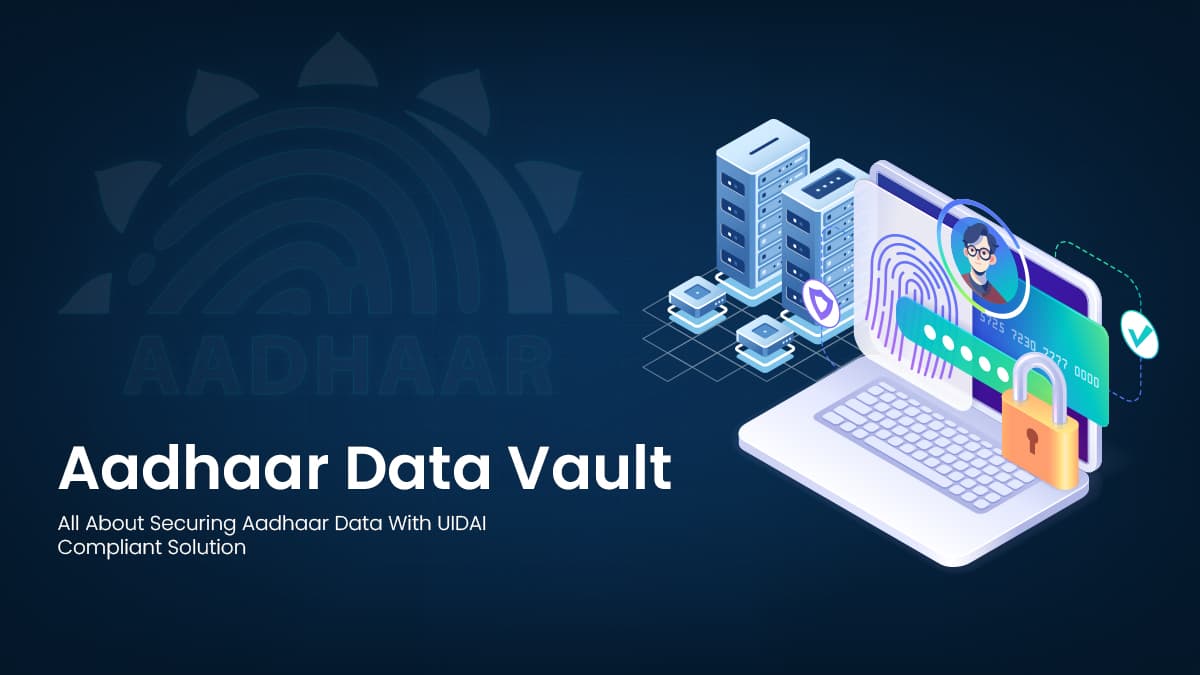
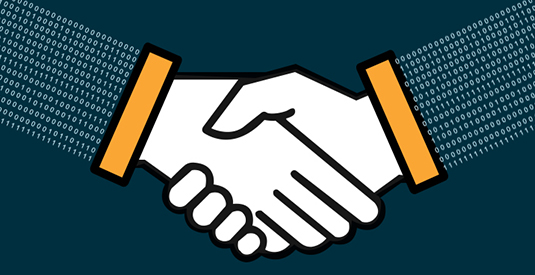
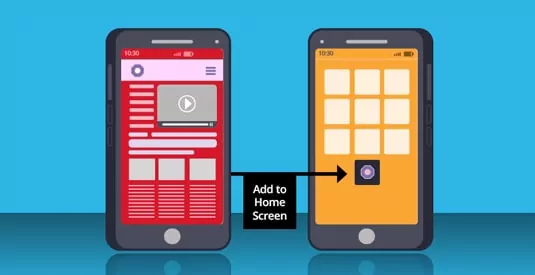

We will verify and publish your comment soon.